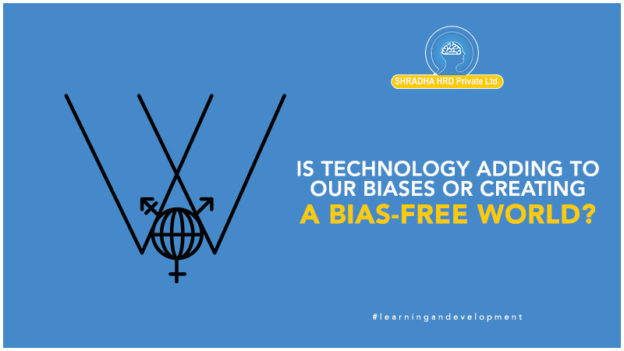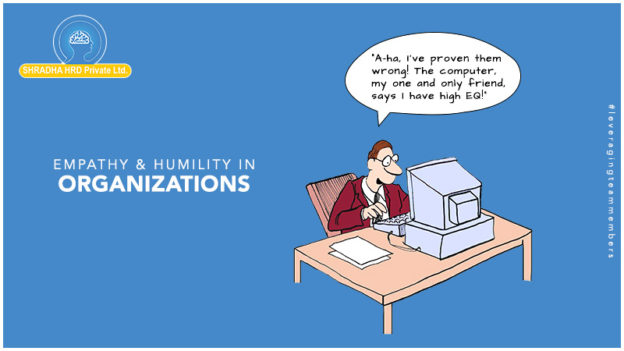I think continuous learning is the key to thriving in the #VUCAworld. Well-designed interventions with a clear #roadmap for implementation are critical for a tangible #returnoninvestment for the organization.
We recently conducted an organization wide learning intervention for a Global Infrastructure Management company on #givingandreceivingfeedback.
I have been a part of several training programs focused on improving the critical skill of #feedback. This one was well thought out and brilliantly executed. I think the factors that helped the program achieve the desired objectives were:
1. Collaborative effort (Client learning team and SHRD) at the design stage. It was contextualized to address the exact needs of the participants
2. Optimal mix of great content (implementable models to #giveandreceivefeedback)& simulations to internalize learnings
3. Well-spaced out program to give participants an opportunity to #applylearnings at work simultaneously
4. High energy sessions conducted by an experienced #facilitator
Post the program, we are seeing a lot more openness to feedback and meaningful feedback conversation at different levels. This translates into higher productivity for the organization
#shradhahrd #softskillstraining #learningandevelopment



